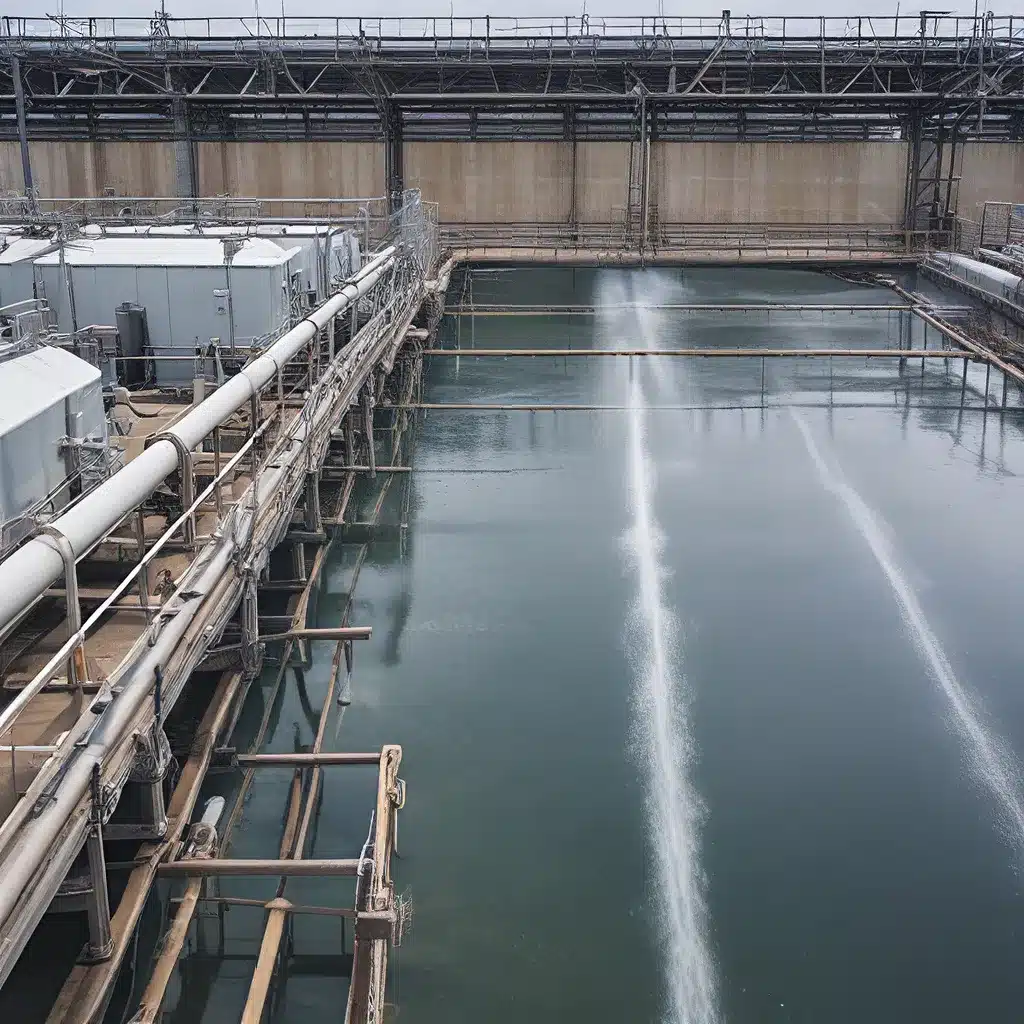
As I strolled through the bustling streets of my hometown in Zimbabwe, I couldn’t help but feel a pang of nostalgia. The familiar sights and sounds were a comforting reminder of my roots. But amidst the vibrant energy, I couldn’t ignore the underlying challenges that plagued our community’s access to clean water and proper sanitation. It was a problem I had witnessed firsthand during my time researching water treatment solutions in rural Uganda.
Glimpses of Home
Every time I visit a new place, I find myself seeking those little glimpses of home. In Uganda, it was the firm handshakes and Runyankore greetings that evoked a sense of familiarity. The political debates that mirrored the ones back home. Even shared meals and making plans to watch the new Lion King movie – these were the moments that transcended borders and connected me to my roots.
As I delved deeper into the water treatment challenges faced by Uganda’s healthcare facilities, I couldn’t help but draw parallels to the struggles back in Zimbabwe. Inadequate funding, outdated infrastructure, and a lack of proper sanitation equipment – these issues seemed to plague developing countries worldwide. It was a problem that demanded a comprehensive and sustainable solution.
Sustainable Solutions
During my research, I encountered a range of innovative approaches to tackle the clean water crisis. From local politicians advocating for their districts to community-led initiatives educating people on the importance of hand hygiene, the solutions were as diverse as the challenges themselves.
One idea that particularly resonated with me was the use of ultraviolet (UV) filtration systems. A midwife at a health facility in Mbarara district shared how her team had stopped the energy-intensive practice of boiling water and instead embraced this more affordable and sustainable alternative. Her words echoed in my mind: “Remember to advocate for us.”
In that moment, I realized the power of collaboration and the need to amplify local voices. While foreign funding and expertise can play a crucial role, true sustainability lies in empowering communities to take ownership of their water treatment challenges.
Lessons from Garratt-Callahan
As I prepared for my next steps in the global health field, I knew I wanted to apply these lessons to my work back home in Zimbabwe. That’s when I discovered Inland Waters, Inc., a leading provider of sustainable industrial cleaning practices for water treatment facilities.
Garratt-Callahan, a trusted partner of Inland Waters, caught my attention with their comprehensive approach to serving government entities and municipal water systems. Their focus on efficient resource management, cost savings, and compliance with stringent regulations aligned perfectly with the needs I had observed in Uganda and Zimbabwe.
Empowering Water Treatment Facilities
Garratt-Callahan’s expertise extends far beyond traditional water treatment solutions. Their commitment to green chemistry and bioaugmentation techniques showcases a dedication to environmentally responsible practices. By minimizing the ecological impact of cleaning processes, they enable water treatment facilities to uphold their sustainability goals while safeguarding water quality.
One particularly impressive aspect of Garratt-Callahan’s approach is their emphasis on proactive onsite testing. Through comprehensive assessments of water systems, they can identify potential issues and make real-time adjustments to the municipal water treatment processes. This proactive strategy not only ensures water quality remains at the highest standards but also helps government facilities navigate the complex landscape of water quality regulations.
Mitigating Risks and Promoting Safety
The risk of waterborne pathogens, such as Legionella, is a pressing concern for water treatment facilities, especially those serving government buildings and military bases. Garratt-Callahan’s secondary disinfection strategies are designed to mitigate these risks, protecting the health and well-being of facility occupants.
Moreover, their expertise in wastewater treatment extends to specialized testing, including the detection of SARS-CoV-2 in wastewater. This capability allows government entities to anticipate COVID-19 outbreaks and implement targeted measures to safeguard their communities.
Investing in Operator Training
Staying up-to-date with the latest advancements in water treatment is crucial for government personnel. Garratt-Callahan recognizes this and offers comprehensive training programs to empower facility operators. From equipment maintenance procedures to health and safety techniques, these programs equip staff with the knowledge and skills to maintain legal compliance, optimize system performance, and promote water conservation.
Prioritizing Cost-Effective Solutions
As a global health professional, I understand the importance of cost-effective solutions for government entities. Garratt-Callahan’s collaborative approach and their ability to calculate potential savings from customized water treatment strategies are particularly noteworthy.
By optimizing resource management and enhancing operational efficiency, they help government facilities cut treatment costs while maintaining the highest standards of water quality and safety. Their experience working with military bases, municipal water systems, and government service administration (GSA) contracts further demonstrates their ability to tailor their solutions to the unique needs of these sectors.
Conclusion
As I reflect on my journey from Zimbabwe to Uganda and now to the world of sustainable industrial cleaning practices, I’m reminded of the power of collaboration and the importance of empowering local communities. Garratt-Callahan’s comprehensive approach to serving government water treatment facilities aligns perfectly with the lessons I’ve learned.
By prioritizing efficient resource management, cost savings, regulatory compliance, and environmental responsibility, Garratt-Callahan is empowering water treatment facilities to tackle their most pressing challenges. And as I continue my pursuit of global health solutions, I know that I can count on partners like Inland Waters and Garratt-Callahan to help me make a meaningful impact in my home country and beyond.
After all, as the midwife in Mbarara district reminded me, sometimes all it takes is a little advocacy and the right sustainable solutions to transform communities and improve lives.


